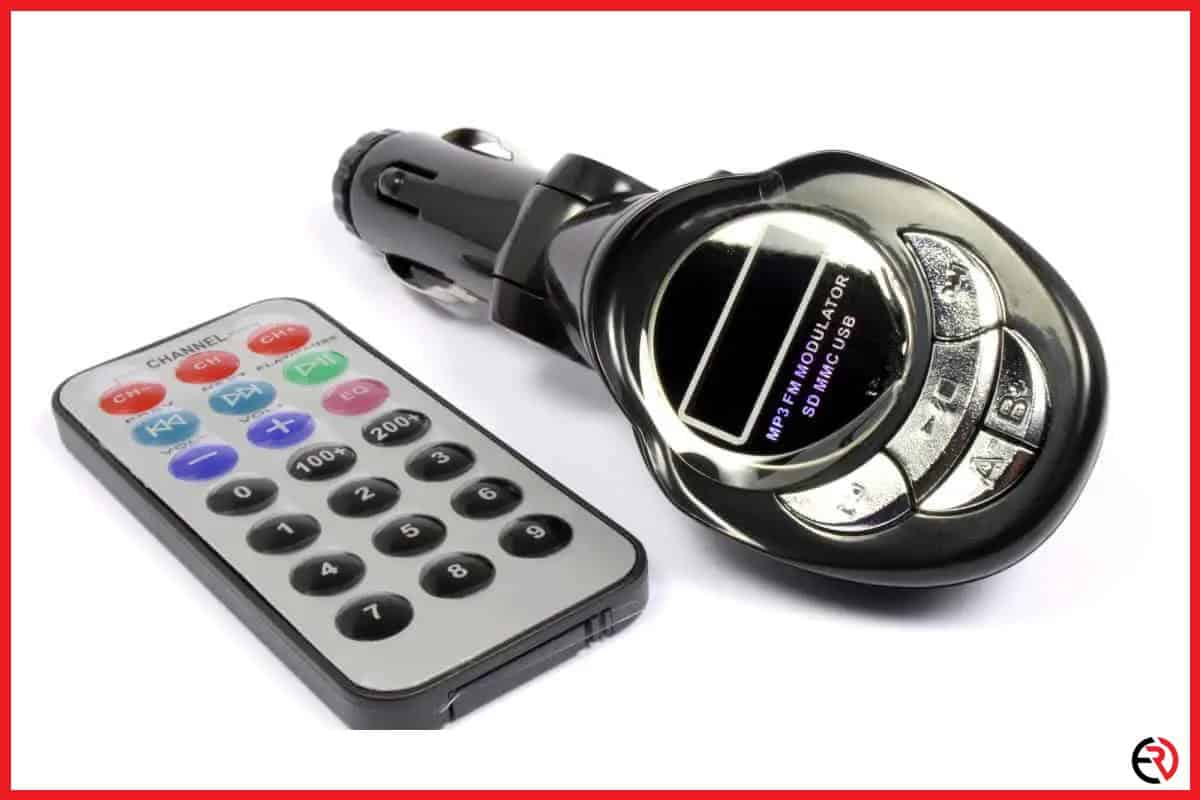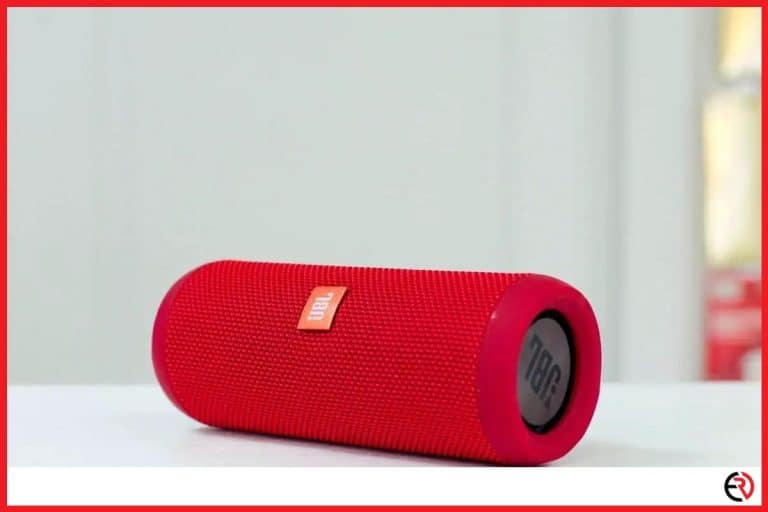Do FM Transmitters Work in All Cars?
This post may contain affiliate links which means that, if you choose to make a purchase, I may earn a small commission at no extra cost to you.
Old vintage cars are a delight to drive. They have that old-school charm and I really dig the aesthetics. However, they lack modern features like streaming music to the car stereo from my phone. There’s no way I would ruin the aesthetics of the car with a modern head unit. So, I had to improvise with an FM transmitter. However, that got me thinking. Do Fm transmitters work in all cars?
Fortunately, FM transmitters work in all cars, old, vintage, and modern. You can even use one on the latest electric car. They require two technologies, the 12V DC outlet and FM radio. Almost all cars have that and you shouldn’t have any problem using this nifty accessory on yours.
Let’s check out how FM transmitters work and if you’ll need one in your car.
The working mechanism of an FM transmitter
The most common FM transmitters you’ll find for cars are those that are Bluetooth-enabled. FM transmission and wireless Bluetooth connectivity make the FM transmitter possible. These transmitters plug into the cigarette lighter socket or the 12V DC socket found in all cars. When you plug the transmitter in that socket it draws power from the car’s battery and that helps to power the wireless communication technology.
The FM transmitter has in-built Bluetooth that can be connected to your phone. This allows you to stream music from your phone to the FM transmitter. The transmitter also has, well an FM radio transmitter. It takes the audio signal from the Bluetooth receiver and sends it over an empty radio channel.
You tune the car radio to that channel and listen to the music streaming from your phone. Some transmitters even have call functionality and allow you to attend calls from your phone hands-free. The Bluetooth and FM transmitter doesn’t even require all that power from the socket and that’s why some manufacturers bundle USB ports with their transmitters for charging your phone or other devices.
The cigarette lighter was introduced to cars during the 1920s. While it stuck for a few decades, it was slowly phased out as smoking became uncool and more people got aware of its adverse health risks. However, car manufacturers kept the 12V socket. Combine that with the FM radio tuner that comes with every car and you have the perfect ingredients for using a Bluetooth FM transmitter.
Using a Bluetooth FM transmitter
Here’s how you can use a Bluetooth FM transmitter:
- Plugin the Bluetooth FM transmitter into the 12V/cigarette lighter socket.
- Turn on the car in neutral.
- Now you need to look for an empty channel on the FM band of your car’s radio tuner for transmitting audio from the Bluetooth FM transmitter.
- Turn the dial or press the button on the head unit to switch channels until you hit something that’s completely quiet or creates only static noise. For now, let’s assume it’s 106.5.
- When you have that channel, use the knob on the Bluetooth FM transmitter to change the station to 106.5 or the empty channel of your choice.
- When you hit the radio station correctly on the FM transmitter any static coming from the car radio should immediately go quiet.
- Now go to Bluetooth on your phone’s settings and the transmitter should show up on the scan. Tap the name of the transmitter on the Bluetooth scan to immediately pair and connect to it.
- Next, you can play any saved song from the media library on your phone or use any streaming service like Apple Music or Spotify. The audio should play from your car’s speakers.
Disadvantages of FM transmitter
While Bluetooth FM transmitters are nifty accessories they have quite a few disadvantages. Let’s check them out:
1. Radio interference – FM radio is an antiquated communication and transmission technology. It is easily prone to interference and that’s why most people don’t like to use them anymore. Since the FM transmitter also uses the same technology to stream audio to your car stereo, it may be susceptible to interference and that may interrupt the music, calls, and all other audio transmissions from your phone.
2. Poor sound quality – Bluetooth has improved over the years and the latest technology allows for seamless audio transmission without hiccups. However, the audio quality on FM isn’t too great. That’s why most radio stations are turning to Digital Radio or Internet Radio. Don’t expect crisp music when you use this device.
3. Conflict with local radio station – You may have searched for an empty radio channel at the start of your journey and the audio transmission was quite good. However, when if you go through a city or local region where a local radio station uses that same frequency, the transmission isn’t going to be smooth. You’ll need to switch to a different empty channel and this needs to be repeated every time you come across a region where a local radio station uses the same frequency.
Alternative Options
Unless you’re in a unique situation where you don’t have any other alternatives or don’t want to ruin the aesthetics of your car with a new head unit, it’s best to avoid using a Bluetooth FM transmitter. Instead, if your car has a cassette deck, you can use a Bluetooth cassette adapter. Otherwise, you can use a Bluetooth AUX adapter if your car has a standard 3.5mm AUX port.
On the other hand, if you have an AUX port and your phone doesn’t have a headphone jack, you can use a USB-C to AUX adapter or a Lightning to AUX adapter. These options are more convenient and the Bluetooth FM transmitter should be reserved for when you’re in a unique situation like me and don’t have any other options.
Conclusion
When you need to add a modern feature like music streaming to a vintage car that has a classic dash, a Bluetooth FM transmitter can help you achieve that without ruining the look. Otherwise, I’d suggest you stick with more convenient and reliable AUX and cassette adapters for your old car.







